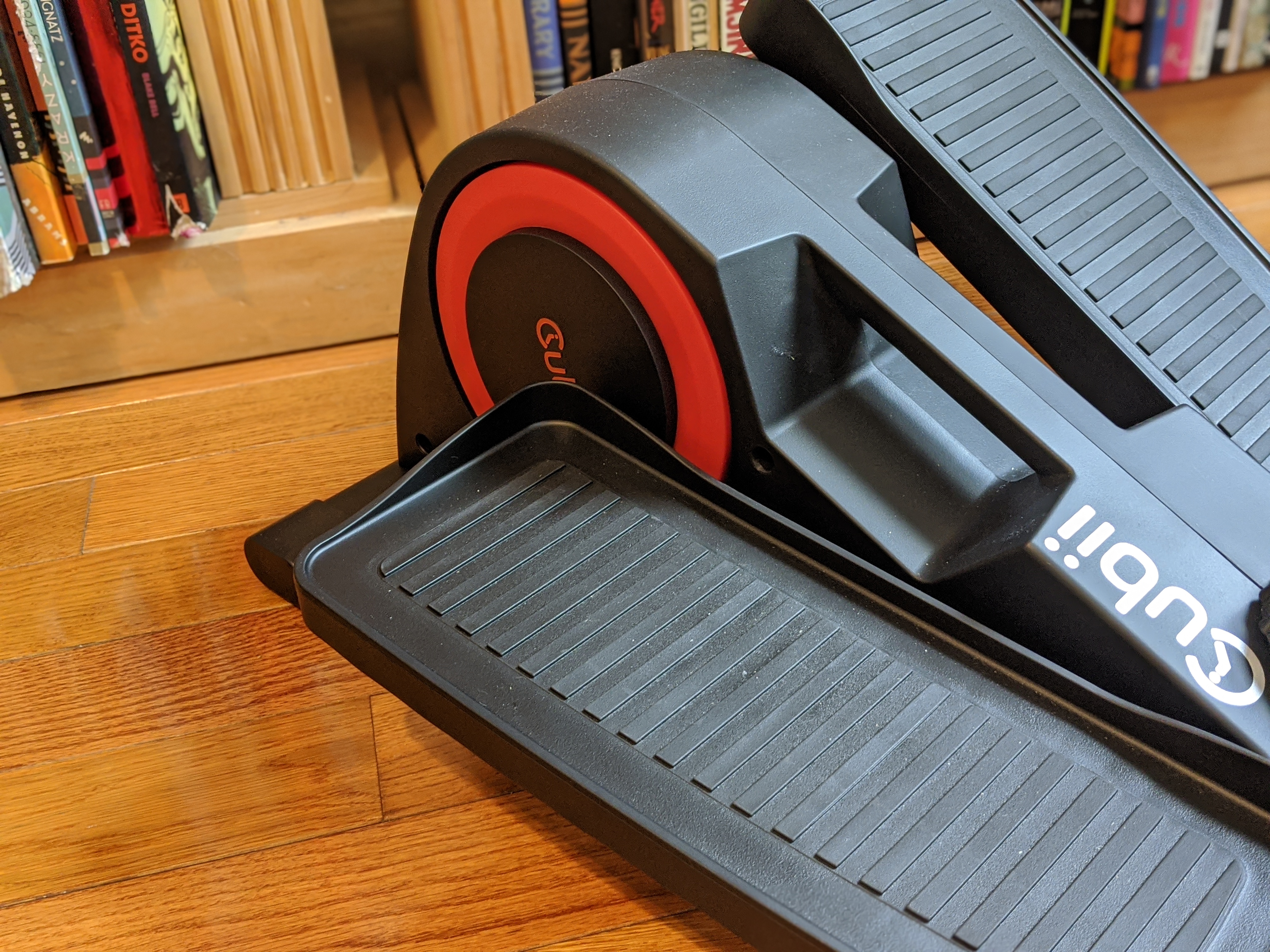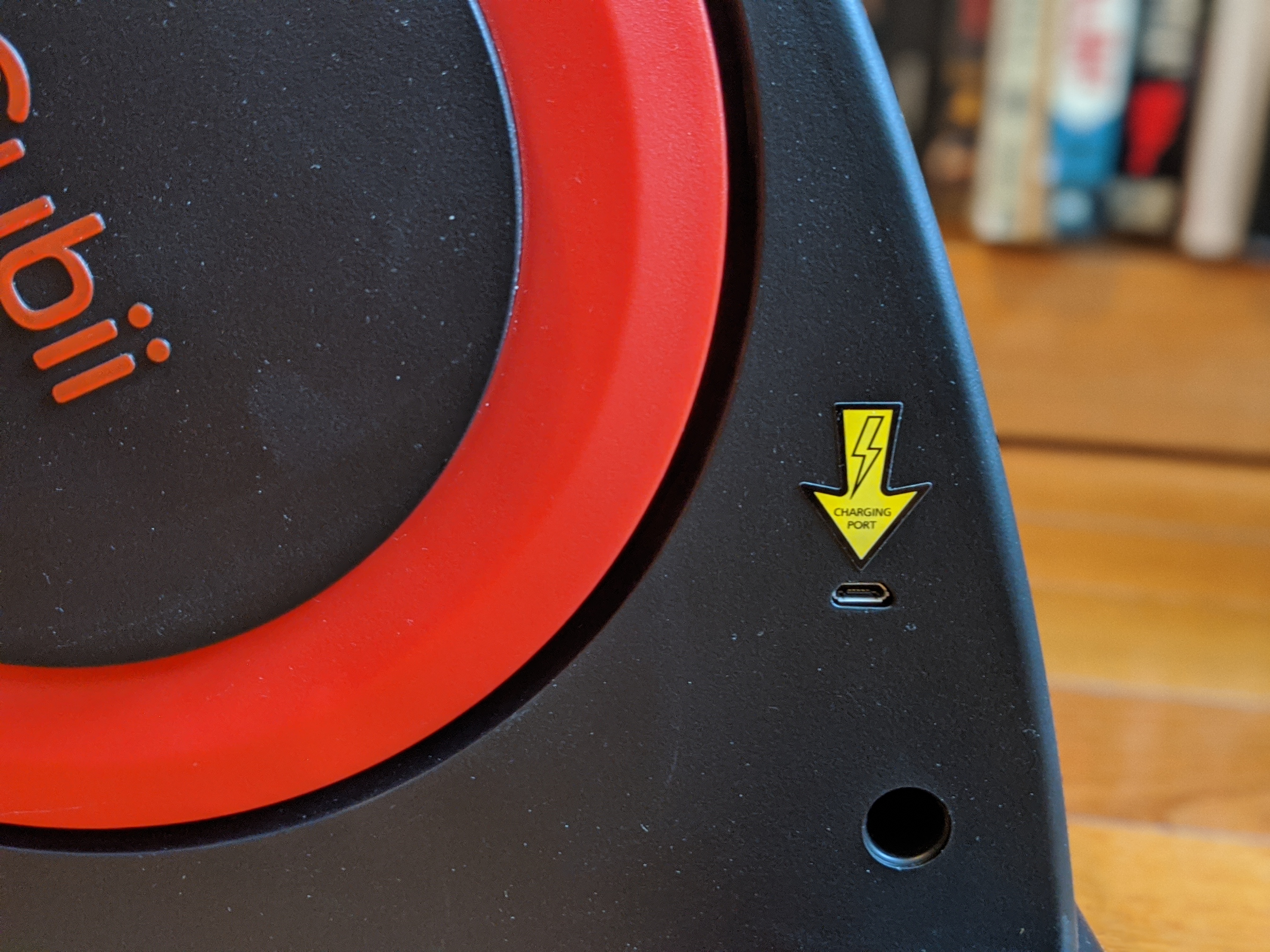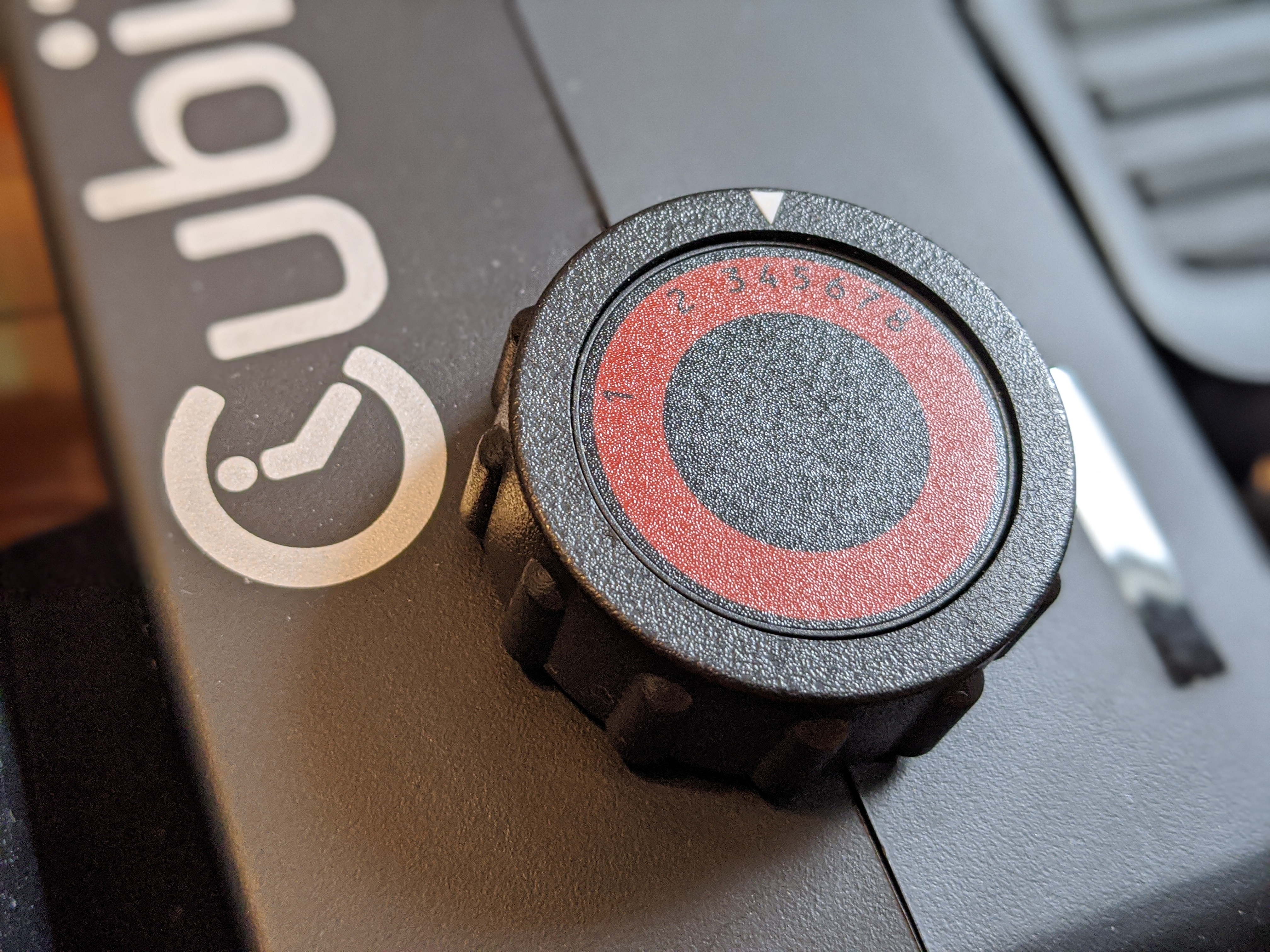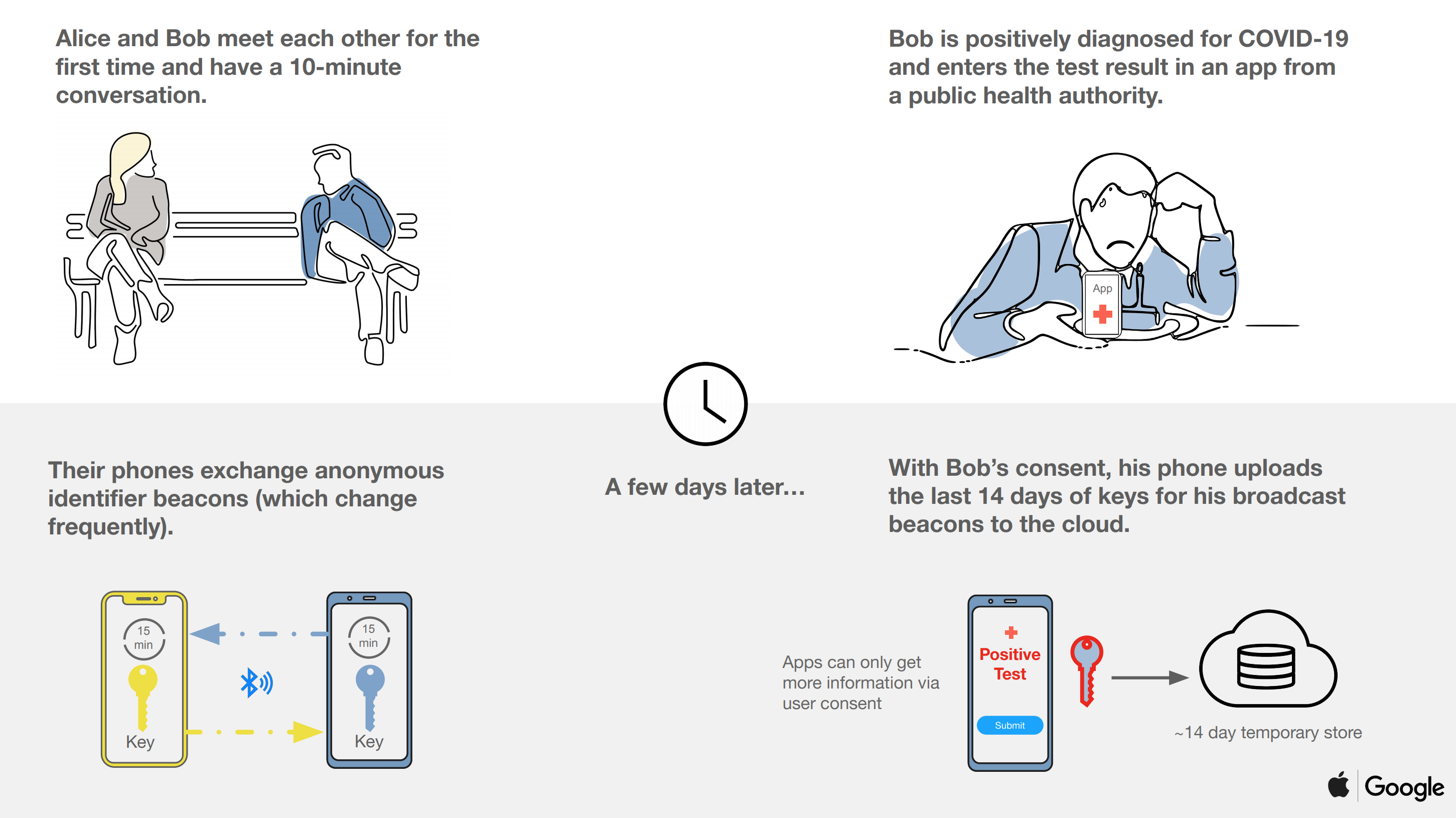Music
Trailers
DailyVideos
India
Pakistan
Afghanistan
Bangladesh
Srilanka
Nepal
Thailand
Iraq
Iran
Russia
Brazil
StockMarket
Business
CryptoCurrency
Technology
Startup
Trending Videos
Coupons
Football
Search
Download App in Playstore
Download App
Best Collections
Technology
So it has come to this. I haven&t set foot outside my apartment for a week and a half. YouTube yoga has been a kind of lifesaver, and I happened to have a largely untouched 30-pound kettlebell lying around. My Apple Watch has been mostly untouched, however. The stark realities of woefully underperforming exercise minutes and step counts are just too much on top of everything else.
Honestly, I scoffed a bit when a friend initially recommended an under-desk elliptical. But those were better days, when I was still able to take the bicycle out for a socially distant spin. Due to doctororders, however, I now find myself unable to travel beyond the mailbox in my building lobby — and even that feels like tempting fate some days.
Now here I am, peddling away, writing a review of the Cubii Pro. Itnot a new product, exactly. But itcertainly having its moment. In normal times, the device seems a silly bit of office &fitness& paraphernalia, designed to counteract the dangers of prolonged sitting we&ve frequently been warned against.

But if sitting was the new smoking in 2019, itsimply the new reality in this era of self-quarantine. We&ll take our exercise wherever we can sneak it in — even if that means little more than walking between the desk and the kitchen most days. The Cubii line of products are by nomeans a replacement for more full-bodied exercise, but they&re a valiant attempt to help falling victim to complete atrophy.
As the name implies, the Pro is a step up from the standard Cubii that was launched via a Kickstarter campaign back in 2016. At $349, itan investment, with the biggest upgrades coming in the form of Bluetooth connectivity. Therean app for iOS and Android that connects to third-party tracking software like Apple Health. Thata pretty solid add-on, frankly, for those who&ve put a lot of stock in closing their Apple Watch rings.

The device ships mostly assembled. You&ll need to take it the last mile by attaching the pedals. And hey, free screwdriver. Thatsimple enough. Honestly, the biggest headache about set up is charging the thing. The Pro is significantly larger and heavier than I&d initially anticipated, and it charges via microUSB. That means unless you&ve got a long cable, you&re going to have to find a spot to stick it near an outlet for an extended period. I don&t have floor outlets in my small apartment, so I had to get creative.
Charging takes a while, too. Itbest done overnight, if you can manage. The good news on that front, however, is it will stay charged for a while. I don&t anticipate having to charge it more often than every few weeks.
The size is also a constraint from the standpoint of use. The devicelength meant I had to pull my desk out from the wall a bit to use it. I also find myself having to sit back a bit, so as to avoid banging my knees on the bottom of the desk. Honestly, itprobably best used while seated on a couch, watching TV (a laptop is too much to ask without a desk). If your office chair rolls as mine does, you&ll once again find yourself getting creative. The aforementioned kettlebell is getting even more use these days, as it currently sits between chair legs, hampering me from rolling backward with every peddle.

Those quibbles aside, I&ve mostly been enjoying my time with the product. The movement is smooth, the Bluetooth connection works well (though you may have to open the app to get it started) and there are eight resistance settings to keep things fresh. In other circumstances, I couldn&t imagine spending that much on this sort of product, but these are unique times. For those who still have trouble leaving the home even after things go mostly back to normal, ita nice, portable alternative to far pricier home exercise devices, with a solid little app to boot.

- Details
- Category: Technology Today
Read more: Pedaling-in-place with the Cubii Pro
Write comment (95 Comments)Apple and Googleengineering teams have banded together to create a decentralized contact tracing tool that will help individuals determine whether they have been exposed to someone with COVID-19.
Contact tracing is a useful tool that helps public health authorities track the spread of the disease and inform the potentially exposed so that they can get tested. It does this by identifying and &following up with& people who have come into contact with a COVID-19-affected person.
The first phase of the project is an API that public health agencies can integrate into their own apps. The next phase is a system-level contact tracing system that will work across iOS and Android devices on an opt-in basis.
The system uses on-board radios on your device to transmit an anonymous ID over short ranges — using Bluetooth beaconing. Servers relay your last 14 days of rotating IDs to other devices, which search for a match. A match is determined based on a threshold of time spent and distance maintained between two devices.
If a match is found with another user that has told the system that they have tested positive, you are notified and can take steps to be tested and to self-quarantine.
Contact tracing is a well-known and debated tool, but one that has been adopted by health authorities and universities that are working on multiple projects like this. One such example is MITefforts to use Bluetooth to create a privacy-conscious contact tracing tool that was inspired by AppleFind My system. The companies say that those organizations identified technical hurdles that they were unable to overcome and asked for help.
Our own Jon Evans laid out the need for a broader tracing apparatus a week ago, along with the notion that you&d need buy-in from Apple and Google to make it happen.
The project was started two weeks ago by engineers from both companies. One of the reasons the companies got involved is that there is poor interoperability between systems on various manufacturerdevices. With contact tracing, every time you fragment a system like this between multiple apps, you limit its effectiveness greatly. You need a massive amount of adoption in one system for contact tracing to work well.
At the same time, you run into technical problems like Bluetooth power suck, privacy concerns about centralized data collection and the sheer effort it takes to get enough people to install the apps to be effective.
Two-phase plan
To fix these issues, Google and Apple teamed up to create an interoperable API that should allow the largest number of users to adopt it, if they choose.
The first phase, a private proximity contact detection API, will be released in mid-May by both Apple and Google for use in apps on iOS and Android. In a briefing today, Apple and Google said that the API is a simple one and should be relatively easy for existing or planned apps to integrate. The API would allow apps to ask users to opt-in to contact tracing (the entire system is opt-in only), allowing their device to broadcast the anonymous, rotating identifier to devices that the person &meets.& This would allow tracing to be done to alert those who may come in contact with COVID-19 to take further steps.
The value of contact tracing should extend beyond the initial period of pandemic and into the time when self-isolation and quarantine restrictions are eased.
The second phase of the project is to bring even more efficiency and adoption to the tracing tool by bringing it to the operating system level. There would be no need to download an app, users would just opt-in to the tracing right on their device. The public health apps would continue to be supported, but this would address a much larger spread of users.
This phase, which is slated for the coming months, would give the contract tracing tool the ability to work at a deeper level, improving battery life, effectiveness and privacy. If its handled by the system, then every improvement in those areas — including cryptographic advances — would benefit the tool directly.
How it works
A quick example of how a system like this might work:
- Two people happen to be near each other for a period of time, letsay 10 minutes. Their phones exchange the anonymous identifiers (which change every 15 minutes).
- Later on, one of those people is diagnosed with COVID-19 and enters it into the system via a Public Health Authority app that has integrated the API.
- With an additional consent, the diagnosed user allows his anonymous identifiers for the last 14 days to be transmitted to the system.
- The person they came into contact with has a Public Health app on their phone that downloads the broadcast keys of positive tests and alerts them to a match.
- The app gives them more information on how to proceed from there.


Privacy and transparency
Both Apple and Google say that privacy and transparency are paramount in a public health effort like this one and say they are committed to shipping a system that does not compromise personal privacy in any way. This is a factor that has been raised by the ACLU, which has cautioned that any use of cell phone tracking to track the spread of COVID-19 would need aggressive privacy controls.
There is zero use of location data, which includes users who report positive. This tool is not about where affected people are but instead whether they have been around other people.
The system works by assigning a random, rotating identifier to a personphone and transmitting it via Bluetooth to nearby devices. That identifier, which rotates every 15 minutes and contains no personally identifiable information, will pass through a simple relay server that can be run by health organizations worldwide.
Even then, the list of identifiers you&ve been in contact with doesn&t leave your phone unless you choose to share it. Users that test positive will not be identified to other users, Apple or Google. Google and Apple can disable the broadcast system entirely when it is no longer needed.
All identification of matches is done on your device, allowing you to see — within a 14-day window — whether your device has been near the device of a person who has self-identified as having tested positive for COVID-19.
The entire system is opt-in. Users will know upfront that they are participating, whether in app or at a system level. Public health authorities are involved in notifying users that they have been in contact with an affected person.
The American Civil Liberties Union appears to be cautiously optimistic.
&No contact tracing app can be fully effective until there is widespread, free, and quick testing and equitable access to healthcare. These systems also can&t be effective if people don&t trust them,& said ACLUsurveillance and cybersecurity counsel Jennifer Granick. &To their credit, Apple and Google have announced an approach that appears to mitigate the worst privacy and centralization risks, but there is still room for improvement. We will remain vigilant moving forward to make sure any contract tracing app remains voluntary and decentralized, and used only for public health purposes and only for the duration of this pandemic.&
Apple and Google say that they will openly publish information about the work that they have done for others to analyze in order to bring the most transparency possible to the privacy and security aspects of the project.
&All of us at Apple and Google believe there has never been a more important moment to work together to solve one of the worldmost pressing problems,& the companies said in a statement. &Through close cooperation and collaboration with developers, governments and public health providers, we hope to harness the power of technology to help countries around the world slow the spread of COVID-19 and accelerate the return of everyday life.&
You can find more information about the contact tracing API on Googlepost here and on Applepage here including specifications.
Updated with comment from the ACLU.

- Details
- Category: Technology Today

Arvind Krishna is not the only CEO to step into a new job this week, but he is the only one charged with helping turn around one of the worldmost iconic companies. Adding to the degree of difficulty, he took the role in the midst of a global pandemic and economic crisis. No pressure or anything.
IBM has struggled in recent years to find its identity as technology has evolved rapidly. While Krishnapredecessor Ginni Rometty left a complex legacy as she worked to bring IBM into the modern age, she presided over a dreadful string of 22 straight quarters of declining revenue, a record Krishna surely hopes to avoid.
Strong headwinds
To her credit, under Rometty the company tried hard to pivot to more modern customer requirements, like cloud, artificial intelligence, blockchain and security. While the results weren&t always there, Krishna acknowledged in an email employees received on his first day that she left something to build on.
&IBM has already built enduring platforms in mainframe, services and middleware. All three continue to serve our clients. I believe now is the time to build a fourth platform in hybrid cloud. An essential, ubiquitous hybrid cloud platform our clients will rely on to do their most critical work in this century. A platform that can last even longer than the others,& he wrote.
But Ray Wang, founder and principal analyst at Constellation Research, says the market headwinds the company faces are real, and itgoing to take some strong leadership to get customers to choose IBM over its primary cloud infrastructure competitors.
&His top challenge is to restore the trust of clients that IBM has the latest technology and solutions and is reinvesting enough in innovation that clients want to see. He has to show that IBM has the same level of innovation and engineering talent as the hyper scalers Google, Microsoft and Amazon,& Wang explained.
Cultural transformation
- Details
- Category: Technology Today
Read more: Incoming IBM CEO Arvind Krishna faces monumental challenges on multiple fronts
Write comment (90 Comments)Tesla is now producing and selling the long-range rear-wheel-drive version of its Model 3 electric vehicle at its Shanghai factory, a month after receiving approval from the Chinese government.
The move might not be a milestone, but itnotable because Tesla discontinued production of the long-range RWD Model 3 in the U.S. and now only offers that variant as a dual-motor all-wheel drive. It also marks a shift from Teslainitial plan to sell a more basic version of the Model 3 in China.
The company updated its China website showing the standard-range-plus model — the first vehicle produced at the Shanghai factory — as well as the long-range RWD and performance versions of the Model 3. Bloomberg was the first to report the change. The long-range RWD version starts at 366,550 yuan, or about $52,000 after incentives. Deliveries of the long-range RWD version are expected to begin in June.
The standard-range-plus model starts at 323,800 yuan, or about $46,000, before local subsidies.
The standard-range-plus Model 3 can travel 276 miles on a single charge, according to TeslaChina website. The same website says the long-range RWD Model 3 has a range of 668 km, or 415 miles. Those range estimates are based on the New European Driving Cycle, a forgiving standard that Europe replaced several years ago with the WLTP. The real-word range is likely much lower.

Image Credits: Tesla/screenshot
Teslastarted producing a standard-range-plus rear-wheel-drive version of the Model 3 at its Shanghai factory late last year. Thefirst deliveries began in early January. The March approval from the Ministry of Industry and Information Technology gave Tesla permission to add another variant to its Chinese portfolio.
Eventually, Tesla plans to manufacture the Model Y electric vehicle at the China factory.
- Details
- Category: Technology Today
Read more: Tesla resurrects long-range RWD Model 3 for the Chinese market
Write comment (92 Comments)Sam Altman, former president of Y Combinator and CEO of OpenAI, tweeted out his goal to secure 1 billion masks in 180 days. People just need to crowdfund those masks, first.
Altman, along with his brother Max Altman, an employee at Rippling; Radu Spineanu, the co-founder of Two Tap; Tinnei Pang, a designer at Mercari US; and others, are all working with suppliers in China to get 1 billion single-use masks to help the broader U.S. population, from service workers to those in hospitals but not directly working with COVID-19 patients.
The tech leaders will not be financing these masks themselves, but instead have asked institutions to fund the orders. Originally, 1billionmasks.com site used the phrase &crowdfunding& to ask for cash, but it has since changed that wording so the general public does not think they need to order masks.
&We are only taking orders for 10,000,000 or larger. So 10M is the minimum order,& according to Max Altman. &The idea is for institutions, States, cities, organizations, universities, etcetera to pool large orders to get the price per mask down and to increase the number of masks available.&
&This is a somewhat unusual market—the most effective way to guarantee supply is to pay up front so that factories can buy the equipment and supplies they need, and buying in bulk leads to significant cost savings,& the site reads.
According to the initiativewebsite, none of the organizers will make money from the mask production.
Users can visit the 1billionmasks.com website and submit a form of &indication of interest.& If thereenough demand, according to the team, an order form will appear on the site, and approved buyers will sign a contract and submit a payment to then &crowdfund& the masks.
If the demand hits a certain point, the team will be able to sell masks at 32 cents per mask, not inclusive of taxes and duties. If there is less demand, that price will be higher.
The masks are not meant to replace the dramatic shortage of N95 masks we&re seeing across the country, but rather to stop those not on the front lines from buying scarce N95 masks.
N95 masks are necessary because they filter out small particles, which is key for healthcare workers on the front lines caring for COVID-19 patients. This doesn&t mean that others don&t need to wear masks — and in fact, the WHO and CDC both recommend the use of masks broadly. Because of the recommendation, many DIY mask tutorials have been created, urging folks to use materials ranging from scarves to socks.
There has been a flurry of efforts from the private tech sector to help with medical shortages across the country. Apple, for example, sourced over 20 million protective masks and is now building &face shields.& Smaller companies are stepping up too: a heating filter company, a robotics startup and an architecture startup have all independently shifted operations to start making masks and ventilators.
The option that Altman and his team are providing has been rated for bacterial infiltration for people not on the front lines. The mask option is closer to a surgical mask than an N95 mask. Surgical masks do not provide as much respiratory protection as an N95 respirator, but do protect against droplets and large respiratory particles. According to the CDC, &most surgical masks do not effectively filter small particles from the air and do not prevent leakage around the edge of the mask when the user inhales.&
According to the website, the masks could be distributed by state and local governments, institutions, organizations and companies to essential workers, like grocery shoppers or delivery people.
Deliveries would start to arrive in Long Beach three to four weeks from the first order and then continue weekly for six months. Long Beach is the drop-off point because it is the location that the team can get supplies to the quickest, according to Max Altman.
Update: The team got back to TechCrunch with more details after publication. This story has been updated with more information.

- Details
- Category: Technology Today
Read more: Altman and others want to crowdfund 1 billion masks in the next 180 days
Write comment (100 Comments)The COVID-19 pandemic has put a spotlight on virtual care options as both doctors and patients try to reduce in-person visits for routine care as much as possible. Patients aren&t always aware of whatavailable to them, though, so over the course of the next two weeks, Google will roll out new features in Search and Maps that will highlight telehealth options.
Hospitals, doctors and mental health professionals can now add details about their virtual care offerings to their Business Profile in Search and Maps, for example. When a patient then searches for them, they&ll see a &get online care& link that will take them to their providerwebsite with more information. In the U.S., Google will also start showing virtual care platforms when people use search queries like &immediate care.& The search results page will now highlight both in-person and virtual care options, something that wasn&t previously the case. Uninsured users will also see more details about out-of-pocket prices for their visits.
In the U.S., Google will also start showing virtual care platforms when people use search queries like &immediate care.& The search results page will now highlight both in-person and virtual care options, something that wasn&t previously the case. Uninsured users will also see more details about out-of-pocket prices for their visits.
In addition, Google will now also automatically try to surface a link to a healthcare providerCOVID-19 page, where they can highlight their own policies for walk-in visits or updates to their operating hours, for example.

- Details
- Category: Technology Today
Read more: Google starts highlighting virtual treatment options in Look as well as Maps
Write comment (92 Comments)Page 987 of 1421

 17
17





